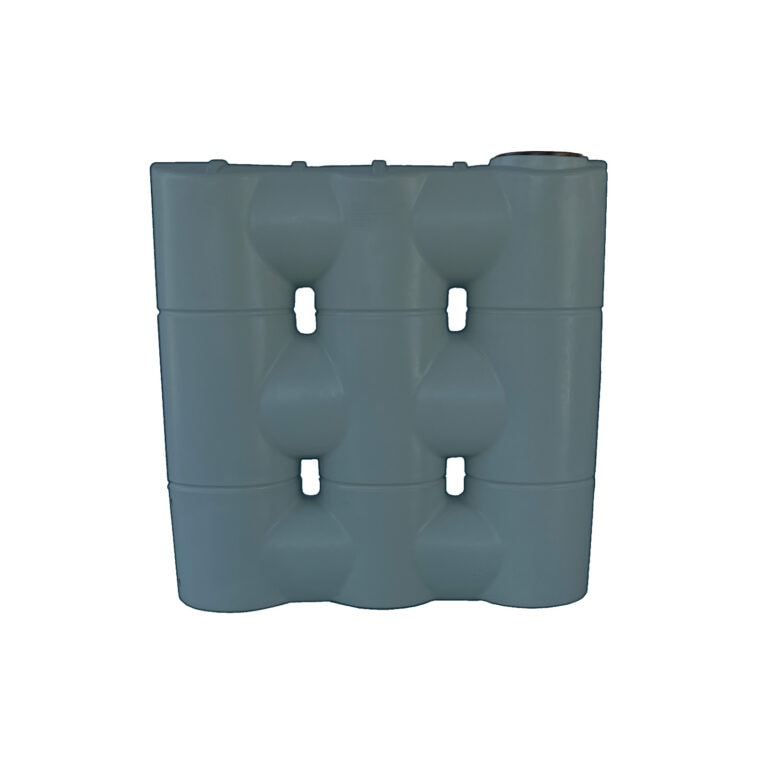Checking Out the Various Usages of Rainwater Tanks for Residential and Commercial Residences
As the international emphasis on sustainable living practices continues to escalate, the use of rainwater tanks in both domestic and industrial settings has arised as an essential service. These containers use a tank for rainwater harvesting, presenting a myriad of prospective applications that expand much past mere storage space. From watering to toilet flushing and landscape design, the convenience of rain tanks is substantial. Their combination into commercial buildings opens up a world of possibilities for eco mindful businesses. The diverse uses of rain tanks offer an engaging instance for their adoption, not only as a practical water-saving action yet also as a testimony to accountable resource management.
Advantages of Utilizing Rainwater Tanks
Utilizing rainwater storage tanks provides countless benefits for both families and neighborhoods in regards to water conservation and sustainability. One of the vital advantages of using rainwater storage tanks is the substantial decrease in dependence on keys water system - Slimline water tanks. By recording and keeping rainwater for later use, individuals and neighborhoods can reduce their need for treated water, ultimately reducing the problem on water treatment centers and lowering power intake related to water transport and therapy
Additionally, rainwater harvesting through storage tanks supplies a trustworthy alternative water source throughout times of water limitations or scarcities. This saved rain can be utilized for numerous non-potable objectives such as irrigation, flushing commodes, and washing clothes, minimizing the strain on traditional water resources. In addition, using rain storage tanks can cause set you back financial savings for both families and neighborhoods by decreasing water expenses and lowering the demand for costly infrastructure developments to fulfill growing water needs.
In significance, the use of rain tanks supplies a sustainable and eco-friendly approach to water monitoring, profiting both private users and the wider community in terms of water conservation, cost-efficiency, and resilience.
Rainwater Storage Tank Usage in Irrigation
Offered the benefits of rain storage tanks in conserving water sources and lowering dependence on keys water, a considerable application depends on making use of saved rainwater for watering purposes - Slimline water tanks. Rainwater gathering systems can efficiently gather and save rain, giving a lasting water resource for sprinkling gardens, grass, and farming areas. By utilizing rainwater for irrigation, property proprietors can reduce their reliance on treated water resources, bring about set you back savings and ecological advantages

One of the primary benefits of using rain for watering is its purity. Rainwater is normally soft and devoid of the chemicals and additives frequently found in mains water, making it suitable for beneficial plants go to this site without the threat of dangerous effects. In addition, rainwater goes to ambient temperature, which can benefit plant growth by avoiding temperature level shocks that can accompany chilly keys water.
Rain Tanks for Commode Flushing

Carrying out rain storage tanks for toilet flushing is an economical and eco-friendly method that can be easily integrated right into both domestic and business homes. The stored rainwater can be used to flush commodes by linking the container to the existing plumbing system. This basic yet effective service can dramatically reduce water usage in a structure, especially in locations where water shortage is a problem.

Including Rainwater Tanks in Landscape Design
These storage tanks can capture and save rainwater drainage from roof coverings, which can then be used for watering gardens, grass, and plants. By using rainwater for irrigation objectives, building proprietors can lower their dependence on municipal water resources, leading to set you back savings and conservation of valuable water sources.
In enhancement to providing a lasting water source for landscaping requirements, rainwater tanks can also aid in taking care of stormwater drainage. By recording rainwater that would certainly otherwise stream right into storm drains pipes, these containers can reduce erosion, minimize flooding dangers, and stop pollution of natural water bodies. Furthermore, incorporating rainwater containers in landscape design can add to the overall aesthetic appeal of the home, showcasing a commitment to environmental stewardship.
Business Applications of Rain Containers
Using rain storage tanks in commercial settings supplies a sustainable remedy for water administration and conservation, benefiting companies and the atmosphere alike. Commercial applications of rain containers are diverse and significantly preferred due to the cost savings and ecological advantages they offer. One essential commercial use is for irrigation functions, where collected rainwater can be utilized to water landscape design, gardens, and agricultural fields bordering industrial residential or commercial properties. This can cause considerable decreases in water costs and reliance on municipal water resources.
In addition, rain collected in containers can be treated and utilized for non-potable objectives within commercial homes, such as flushing commodes, cleaning, and cooling systems. On the whole, the unification of rain containers in commercial setups provides a functional and eco accountable approach to water administration.
Final Thought
From watering to toilet flushing and landscape design, the usage of rainwater tanks can assist preserve water resources and lower water bills. In general, the flexibility and sustainability of rain tanks make them a click this valuable investment for any type of property owner looking to increase water performance.
Comments on “Top Notch Slimline Water Tanks: Effective and Space-Efficient Solutions”